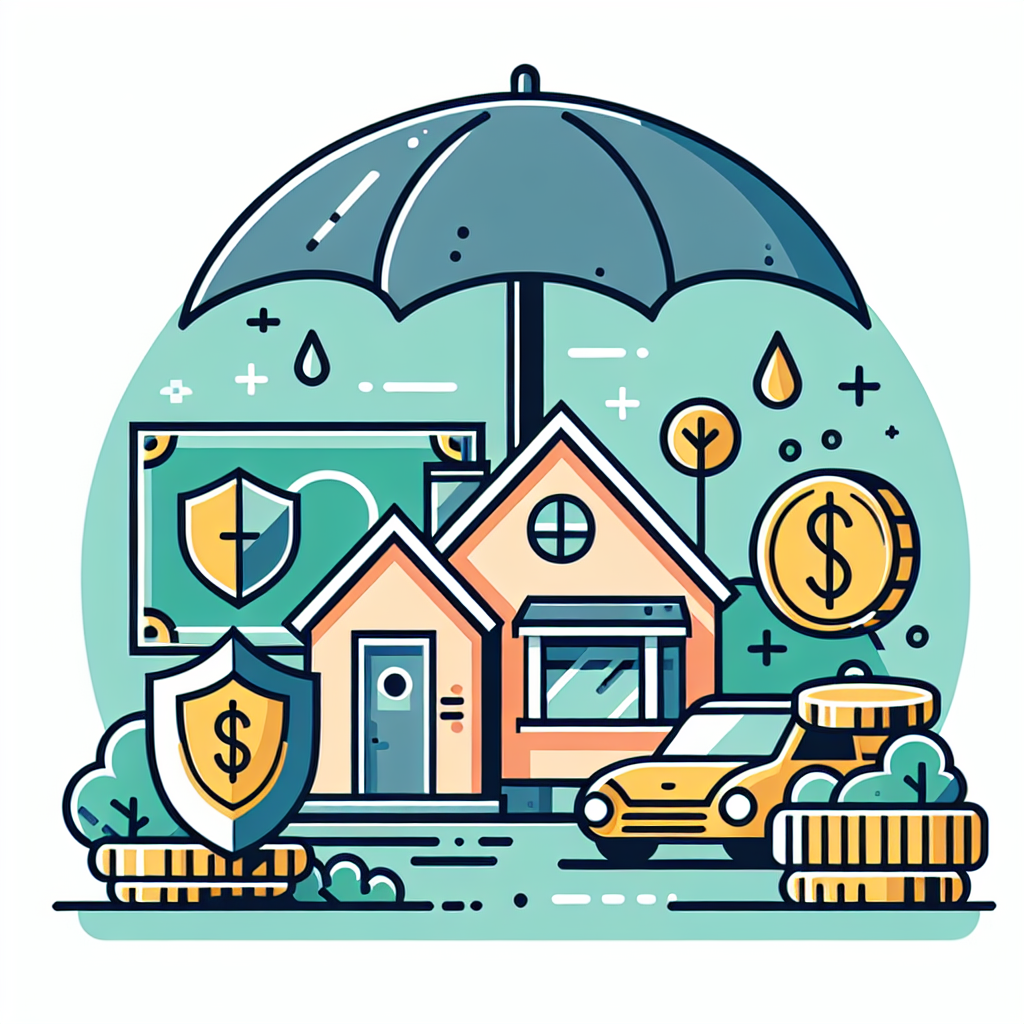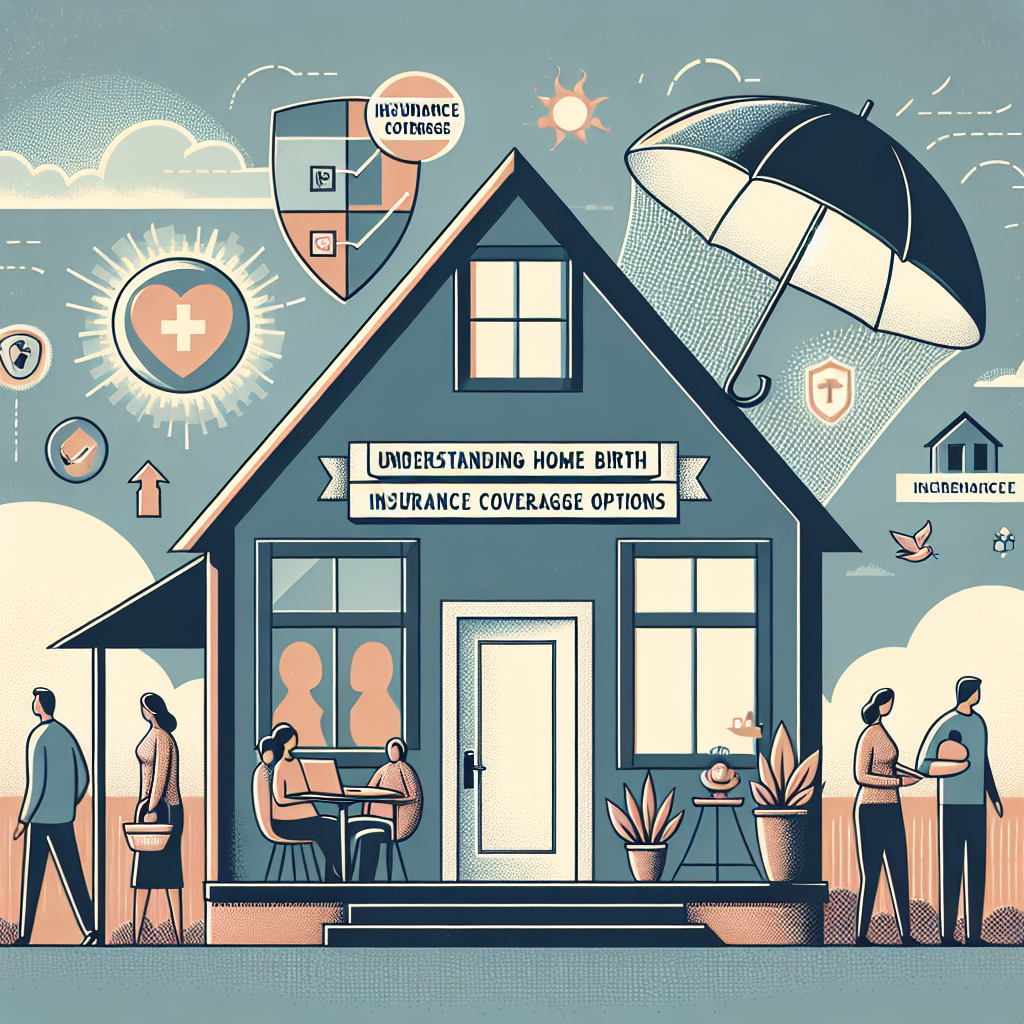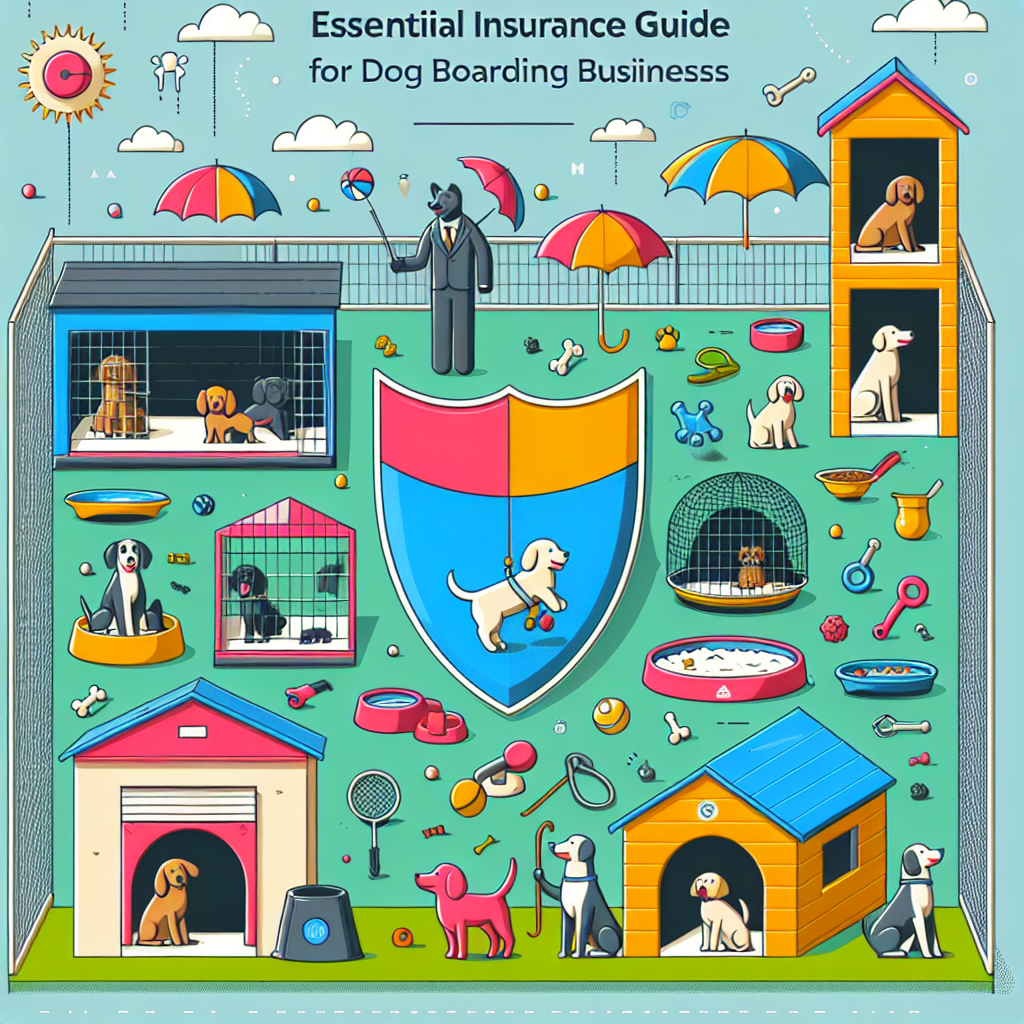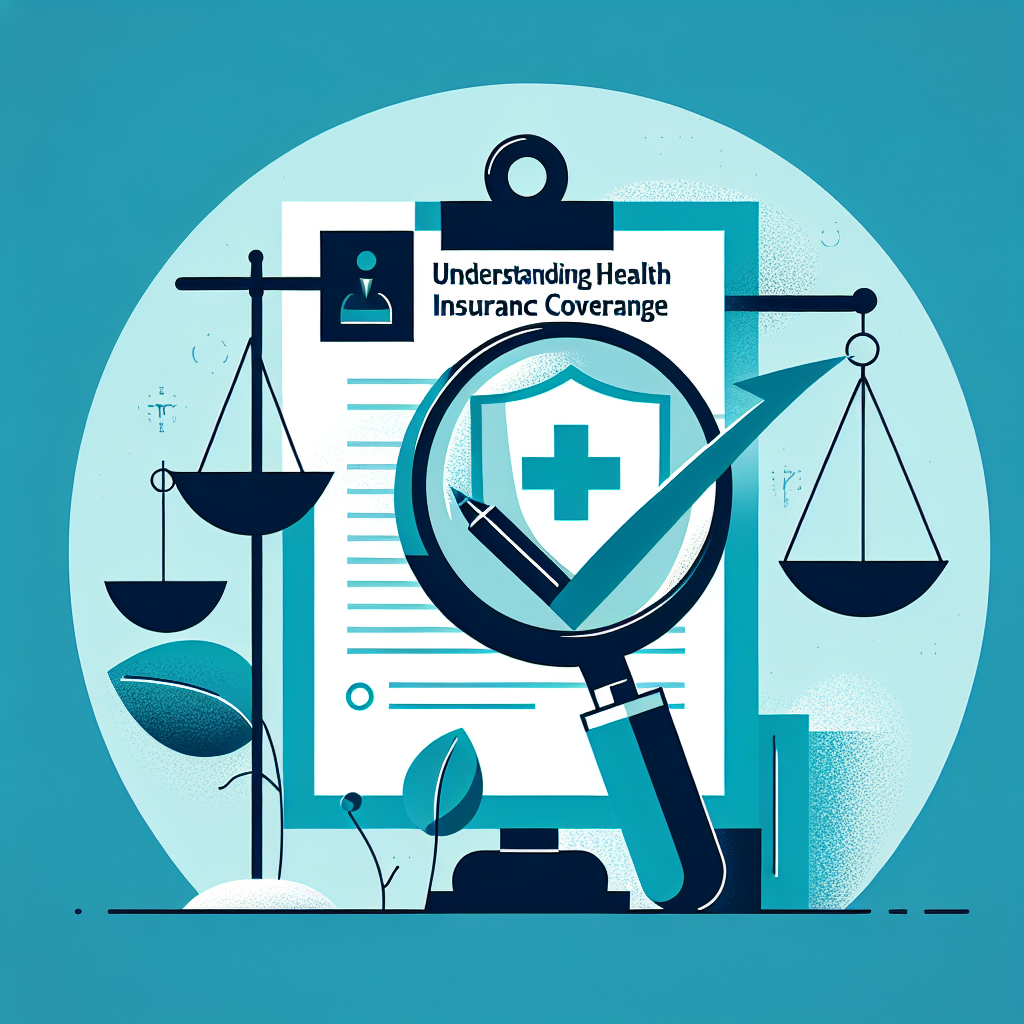Filed under Home Insurance on
Insurance Coverage for Mobile Homes: Costs and Tips

Mobile and manufactured homes are an essential piece of the American housing puzzle—offering affordability, flexibility, and community. But protecting them takes a thoughtful approach. If you are evaluating insurance coverage for mobile homes, you need clear answers on what’s covered, what it costs, and how to secure the best value without sacrificing protection. This guide breaks down the essentials in a practical, easy-to-use format, grounded in current industry insights and everyday homeowner experience.
Mobile Home, Manufactured Home, Modular Home: What’s the Difference?
Labels matter for insurance. While people often use these terms interchangeably, insurers evaluate them differently.
- Mobile home: Built before June 15, 1976, before the federal HUD building code took effect. Some carriers limit or exclude homes built before this date.
- Manufactured home: Built on or after June 15, 1976, to HUD standards. Most mobile-home-specific policies are designed for these homes.
- Modular home: Built in sections in a factory, then assembled on-site on a permanent foundation. Typically insured with standard homeowners policies, not mobile home policies.
For most people shopping today, you’re insuring a manufactured home. Confirm your home’s build date and HUD label to streamline quoting.
What a Typical Mobile Home Policy Covers
A mobile home policy works much like a standard homeowners policy, but with features tailored to factory-built housing. If you want robust insurance coverage for mobile homes, look for these core components.
- Dwelling coverage: Pays to repair or rebuild the structure after a covered loss, including the roof, walls, built-in appliances, decks, and attached awnings.
- Other structures: Covers standalone sheds, carports, fences, and gazebos on your property.
- Personal property: Protects furniture, clothing, electronics, and belongings. You can usually choose actual cash value or replacement cost coverage.
- Personal liability: Covers injuries or property damage you cause to others, on or off your premises, plus legal defense.
- Medical payments to others: Helps with minor medical bills if someone is injured on your property, regardless of fault.
- Loss of use: Pays for additional living expenses if a covered loss makes your home unlivable while repairs are made.
Many policies are “named-peril,” listing the specific causes of loss that are covered. Commonly covered perils include fire, lightning, wind, hail, explosions, vandalism, and theft. Some insurers offer broader, “open-peril” options for the dwelling, which can be worth the added cost.
What’s Not Covered (and How to Fill the Gaps)
Even comprehensive policies have limits. Understanding the exclusions helps you tailor insurance coverage for mobile homes to your specific risks.
- Flood: Not covered by standard policies. Consider a separate NFIP or private flood policy, especially in coastal or low-lying areas.
- Earthquake and earth movement: Typically excluded; optional endorsements may be available.
- Wear and tear or maintenance: Roof leaks due to age, rot, or gradual deterioration aren’t covered.
- Sewer or drain backup: Usually excluded without a water backup endorsement.
- Equipment breakdown: Optional endorsement can cover HVAC, appliances, and electrical systems from mechanical failure.
- Trip collision: Needed if you plan to move the home; some insurers offer this short-term coverage.
- Short-term rental or home-sharing: Often excluded unless you add a rental or homeshare endorsement.
For many owners, smart add-ons include replacement cost for personal property, water backup, equipment breakdown, identity fraud coverage, and higher limits for jewelry, firearms, or collectibles.
How Much Does Mobile Home Insurance Cost?
Premiums vary widely by location, risk, and coverage. In lower-risk inland states, annual costs can range from roughly $500 to $1,200 for average coverage limits. Along hurricane-prone coasts or in wildfire zones, it’s increasingly common to see $1,500 to $3,000 or more—particularly for higher-value homes or policies with wind/hail deductibles. These ranges reflect patterns reported by insurers and consumer surveys in recent years, and they mirror broader trends in property insurance: construction inflation, costlier catastrophes, and tighter reinsurance markets.
Because of those trends, many homeowners see renewal increases even without claims. Replacement costs have climbed with labor and material inflation, and severe weather losses have increased, especially from hail, straight-line winds, and convective storms. Understanding these forces can help you evaluate whether a rate increase is market-driven or due to factors within your control.
Key Factors That Drive Price
Insurers consider dozens of variables. These are among the most influential on the cost of insurance coverage for mobile homes.
- Location: Proximity to the coast, wildfire exposure, local crime rates, and even neighborhood claim frequency affect pricing.
- Home age and build quality: Newer, HUD-compliant homes with reinforced frames, upgraded roofs, and modern wiring tend to rate better.
- Roof type and condition: Metal or architectural shingles with recent installation dates help; older, worn roofs hurt.
- Foundation and anchoring: Proper tie-downs, skirting, and permanent foundations improve wind performance and pricing.
- Coverage limits and valuation: Higher dwelling limits and replacement cost options cost more than actual cash value.
- Deductible selection: Higher deductibles lower premiums; some areas require a separate wind or named-storm deductible.
- Claims history and credit-based insurance score: In many states, both influence rates (state rules vary).
- Occupancy and use: Primary residences price better than vacation, rental, or vacant homes.
- Community vs. private land: Gated communities and parks with good maintenance records may see reduced risks.
Choosing the Right Coverage Limits
Right-sizing your policy prevents unpleasant surprises after a loss.
Dwelling Coverage
Aim for the cost to repair or replace your home at today’s prices, not the purchase price. A replacement cost dwelling option typically pays to rebuild without depreciation, up to your policy limit. Actual cash value deducts for age and wear, and can leave significant gaps.
Personal Property
Create a home inventory and estimate the replacement cost of your belongings. Consider replacement cost coverage so you’re not paid a depreciated amount after a claim.
Liability
Liability claims can escalate quickly. Many homeowners select at least $300,000 to $500,000 in liability coverage, and high-asset households often add a personal umbrella policy for $1 million or more of additional protection.
Deductibles
Choose a deductible you can comfortably pay out-of-pocket. In coastal states, expect percentage-based wind or hurricane deductibles. In hail-prone regions, separate wind/hail deductibles are common; run the math on premium savings versus potential out-of-pocket costs.
Practical Ways to Lower Your Premium
You don’t have to sacrifice protection to save money. These strategies can reduce the cost of insurance coverage for mobile homes while keeping your safety net intact.
- Bundle auto and home: Multi-policy discounts can be substantial.
- Harden your home: Add or update tie-downs, upgrade to a wind-rated or metal roof, install storm shutters or impact windows, and maintain skirting.
- Update systems: Replace outdated wiring or plumbing; insurers reward reduced fire and water risk.
- Install safety devices: Smoke and CO detectors, monitored alarms, water leak sensors, and smart thermostats can all earn credits.
- Adjust deductibles: Raising your deductible lowers premiums; balance savings against your emergency fund.
- Review coverage choices: Replacement cost is often worth it, but avoid paying for extras you don’t need (and add what you do).
- Ask about park or community discounts: Some managed communities deliver better loss results, which can lower rates.
- Keep a clean record: Fewer claims, safe home maintenance, and strong credit help over time where permitted by law.
Special Situations and Endorsements
Seasonal or Vacant Use
Part-time occupancy or extended vacancy changes your risk profile. You may need a policy form designed for seasonal homes or a vacancy permit to avoid claim denials.
Rental and Short-Term Rental
Traditional policies often exclude rental activity. If you lease your home long-term, ask about a landlord or dwelling policy for manufactured homes. For short-term rental or homeshare use, a specific endorsement or separate policy is usually required.
Transporting the Home
If you plan to relocate your home, ask for trip collision coverage, which can protect against damage during transport and setup. Some carriers require licensed movers and pre-approved routes.
Older Homes and Unique Risks
Pre-1976 homes may face limited options. Insurers may require inspections, updated electrical systems, and documented tie-down improvements. You may also see actual cash value restrictions on older roofs or siding.
High-Risk Weather Areas
In coastal, wildfire, or severe-storm regions, expect stricter underwriting and higher deductibles. You might need separate wind policies, wildfire mitigation steps (clearing defensible space, ember-resistant vents), or private flood coverage.
Claims Readiness: Be Ready Before You Need It
A little preparation makes claims smoother and faster.
- Document your home: Photograph every room, exterior angles, the roof, tie-down system, and skirting. Keep receipts for upgrades and improvements.
- Create a home inventory: List high-value items with serial numbers and estimates of replacement cost. Store a digital copy off-site or in the cloud.
- Maintain regularly: Clean gutters, inspect the roof, trim trees, and fix soft spots in floors or steps. Maintenance issues can complicate claims.
- Know your deductibles: Keep an emergency fund sized for your highest applicable deductible (including wind or named-storm).
- Review policy annually: Coverage needs change with renovations, new belongings, or rising construction costs.
How to Shop Like a Pro
Securing strong insurance coverage for mobile homes starts with comparison shopping and asking the right questions.
- Get multiple quotes: Compare at least three insurers that specialize in manufactured homes. Not all carriers write mobile homes in all states.
- Match apples-to-apples: Ensure the same dwelling limit, valuation method (replacement cost vs. ACV), liability limit, and deductibles across quotes.
- Ask about endorsements: Price in water backup, replacement cost for contents, and equipment breakdown so there are no surprises later.
- Check claims service: Read recent customer reviews and ask about local adjuster availability after regional storms.
- Confirm community requirements: Some parks mandate liability limits, named insureds, or proof of tie-down inspections.
- Assess financial strength: Look for insurers with strong financial ratings that can withstand catastrophic events.
Industry Trends Affecting Mobile Home Insurance
The property insurance market has been in flux. Several dynamics are shaping availability and price for the next few years.
- Weather volatility: Severe convective storms, hail, and wildfire seasons have produced higher insured losses in many regions, prompting tighter underwriting and higher deductibles.
- Construction inflation: Post-2020 surges in labor and materials pushed replacement costs upward. Many homes are underinsured unless owners regularly update limits.
- Reinsurance pressures: The cost of reinsurance—insurance that insurers buy—has risen, driving premiums up across home insurance lines.
- Mitigation-first underwriting: Insurers increasingly reward hardened homes, from wind-resistant roofs to firewise landscaping and water leak sensors.
- Data-driven pricing: Improved catastrophe modeling and geospatial data mean more precise pricing by block or even by parcel.
Practical takeaway: update your dwelling limit annually, invest in risk reduction, and work with carriers that clearly explain how your premium is calculated.
Real-World Scenarios and Coverage Checks
Windstorm Damage to Roof and Carport
A windstorm tears off a portion of your metal roof and crumples your attached carport. Dwelling coverage should respond to roof repairs, while carports may be covered under dwelling or other structures depending on how they’re attached—verify in your policy. If there’s a separate wind/hail deductible, make sure you understand the out-of-pocket cost before filing.
Water Damage from a Burst Pipe
A sudden pipe burst saturates floors and drywall. Most policies cover sudden and accidental water damage. If the backup came from a drain or sump, you would need a water backup endorsement. If deterioration caused the leak, the repair to worn plumbing may not be covered, though resulting damage might be.
Theft from Backyard Shed
Thieves take tools from a detached shed. Other structures coverage applies to the shed itself; the stolen tools fall under personal property, often with off-premises limits. High-value equipment may need scheduled coverage.
Common Misconceptions to Avoid
- “My park’s master policy covers my home.” Park policies usually cover common areas and liability, not your personal dwelling or contents.
- “Flood is included.” Flood is excluded unless you buy separate coverage.
- “Actual cash value saves money with no drawbacks.” ACV can lead to large depreciation reductions, especially on older roofs or siding.
- “I don’t need liability; I’m careful.” Liability claims are unpredictable and can be costly; it’s often the best value per premium dollar.
Checklist: Annual Policy Review
- Has the home’s value changed due to renovations or market trends?
- Did you add a deck, shed, or carport that needs higher limits?
- Do your personal belongings now exceed your contents limit?
- Do you need endorsements for water backup, equipment breakdown, or valuables?
- Have you installed new mitigation features that might earn discounts?
- Are your deductibles aligned with your savings and risk tolerance?
Frequently Asked Questions
Is mobile home insurance required?
State law rarely mandates it, but lenders and parks typically do. Even without a requirement, going uninsured leaves you exposed to costly losses and liability.
Can I get replacement cost on an older home?
Sometimes. Insurers may require certain updates, inspections, or limit replacement cost to the dwelling while offering actual cash value for roof surfaces or contents. Availability varies by carrier and state.
Does liability cover my dog?
Most policies cover dog-related injuries unless your dog has a bite history or is a restricted breed under the insurer’s rules. Always disclose pets when applying.
What if I use my home as a short-term rental occasionally?
Standard policies often exclude business or rental activity. Ask for a homeshare endorsement or a policy designed for short-term rentals to avoid claim denials.
Can I pause coverage when I’m away for months?
Pausing coverage creates dangerous gaps. Instead, ask your insurer about seasonal occupancy options and requirements for maintaining heat, inspections, and water shutoff.
Step-by-Step Plan to Secure the Best Policy
- Confirm your home type and HUD label date; gather VIN, serial number, dimensions, and build details.
- Estimate replacement cost using an insurer tool or contractor input; include decks, carports, and add-ons.
- Decide on replacement cost vs. actual cash value for dwelling and contents.
- Select liability limits that reflect your assets and risk tolerance; consider an umbrella if needed.
- List endorsements you need: water backup, equipment breakdown, valuables, trip collision, rental coverage.
- Request quotes with matched limits and deductibles from at least three mobile-home-experienced insurers.
- Ask for discounts tied to tie-down upgrades, roof type, monitored alarms, and bundling.
- Review claim service reputation, financial strength, and policy wording—not just price.
- Complete a home inventory and store it off-site once your policy is bound.
Why Specialized Carriers Matter
Companies that focus on manufactured housing understand the construction, anchoring systems, and common loss patterns unique to these homes. They tend to offer more flexible underwriting for older models, better endorsements (like trip collision), and clearer guidance for park requirements. While major national insurers may write mobile homes in some states, specialized carriers often deliver more tailored options and practical loss-prevention advice.
Final Thoughts
The right insurance coverage for mobile homes balances comprehensive protection with sensible costs. Start with accurate replacement cost estimates, choose liability limits that reflect your exposure, and fill common gaps with targeted endorsements. Then, stack savings through smart mitigation and bundling, and revisit your policy annually as risks and prices change.
If you live in a coastal or storm-prone area—or in a region facing wildfire or flood risks—expect stricter underwriting and higher deductibles. That’s all the more reason to be proactive: harden your home, document your belongings, and shop among carriers that specialize in manufactured housing. With thoughtful planning, you can secure insurance coverage for mobile homes that stands up to real-world risks and fits your budget.
Ready to compare? Gather your home details, list needed endorsements, and request matched quotes from multiple providers. A clear, consistent quoting process will help you find reliable insurance coverage for mobile homes at a fair price—and ensure you are protected when it matters most.
Bottom line: With the right information and a strategic approach, insurance coverage for mobile homes can be both comprehensive and cost-effective, giving you confidence no matter where your home is parked or how the forecast looks.





